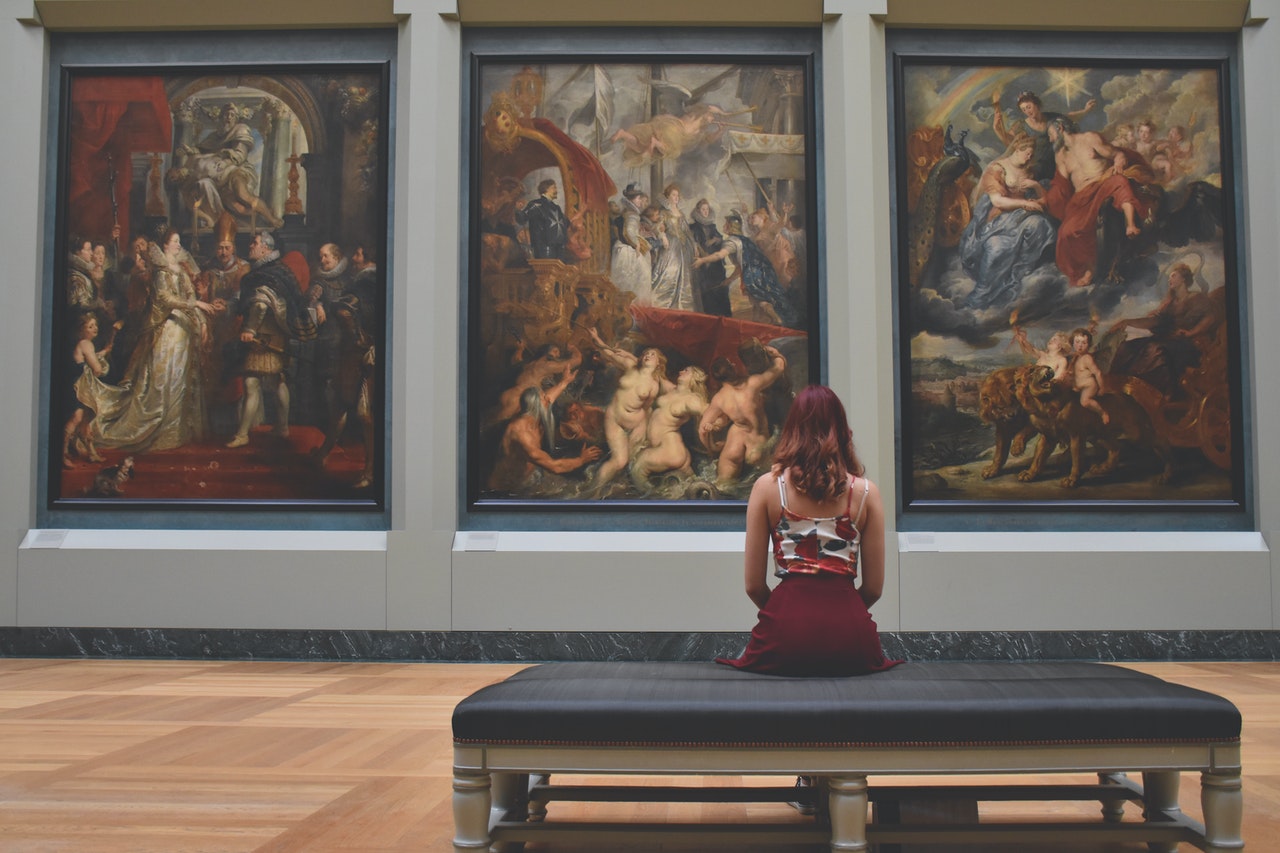What is high art?
When reading about art, you will likely have come across the term “high art” and wondered just what it means and whether it’s still relevant today.
High and low arts are a somewhat dated idea from a time when art was exclusive for the upper classes.
The main idea behind high art is how much an art piece is valued by the elites of the art industry and implies that one needs impeccable art knowledge for one to appreciate it.
Art itself is distinct, but in retrospect, it all comes down to what is aesthetically pleasing and what’s not. For example, some arts have traditionally been classified as high art or fine art because they are one of a kind and exclusive.
High Art Definition
Many people define high art as an art that is difficult to obtain or art pieces that touch the soul and leave a long-lasting impression on the mind. But simply put, an art piece that is one of a kind and represents dignified methods and subjects with an overall exceptional style is called high art.
History & Origin Of High Art
Artists historically took inspiration from classical subjects, like Greek mythology, the bible, religions, and battle stories. This subject matter was appreciated by upper-class educated collectors and deemed high art.
Comparatively, the low arts or commercial arts created art for the masses and lower, uneducated classes. As a result, low art themes and subject matter were more accessible to the broader population.
Elite artists such as Van Gogh, Da Vinci Rembrandt, and Picasso are all considered fine artists making high art. High art is the sort of art that belongs in museums galleries and is auctioned off with the highest bidding.
The origin of “high art” can be traced to the paragon of the Italian Renaissance and the French Académie des Beaux-Arts. Art was transformed during the Renaissance, and individuals began to consider art as a creative force rather than a visual tool for spiritual devotion.
Pioneers during this time chose to study art for its own sake, like Giorgio Vasari and Leonardo da Vinci and artists of the same caliber, began to claim that some fine arts – drawing, painting, and sculpting – were more pleasing than others because of the skills needed to reproduce them. There was not much accord at the span, but eventually, painting stayed the most elevated art.
But with the invention of technology and as the artist became more liberal, the lines between high and low art blurred. And what then was deemed as low art isn’t known as such. The introduction of pop culture transformed art culture.
High Art In Today’s Era
High and low arts were once clear and distinct from one another but are now muddled in both techniques and is the subject matter. Artists no longer look to classic Greek stories for their subject matter, and pop artists instead took inspiration from the low arts and everyday objects and turned them into fine art.
This amalgamation resulted in the formation of modern art. But still, some art historians and critics still deem art pieces like sculptures, fine arts, and original paintings belonging to the museums and galleries and well known among the collectors “high art.”
Examples of High Art
There are countless examples of high art from both historical and contemporary artists, such as Angelo Acardi or David Krakov. Famous examples include Mozart’s Don Giovanni, Van Gogh’s starry night, Michaelangelo’s David, George Orwell’s 1984, and Diaghalev’s choreographers of Ballet Russes, all classic examples of high art.
In conclusion, art accepted and well appreciated by the art experts that holds great value is the highest form of art. It touches the soul and elevates the spirit of the viewer. And it can captivate the appreciation with the traditional and classical techniques and subjects.
But in the end, modern-day art cannot be categorized as low or high art. It can simply be appreciated by the viewers depending on their tastes. And for the lovers of good quality art, the work of Picasso, Michaelangelo, and many others exist to feast their eyes on.
You can explore fine artworks at Eden Galleries in major metropolitan centers, which are home to world-class artworks from contemporary fine artists.
All of the high art and fine artworks sold through Eden Gallery online and in-person are original pieces, which have been verified and come with a certificate of authenticity.

